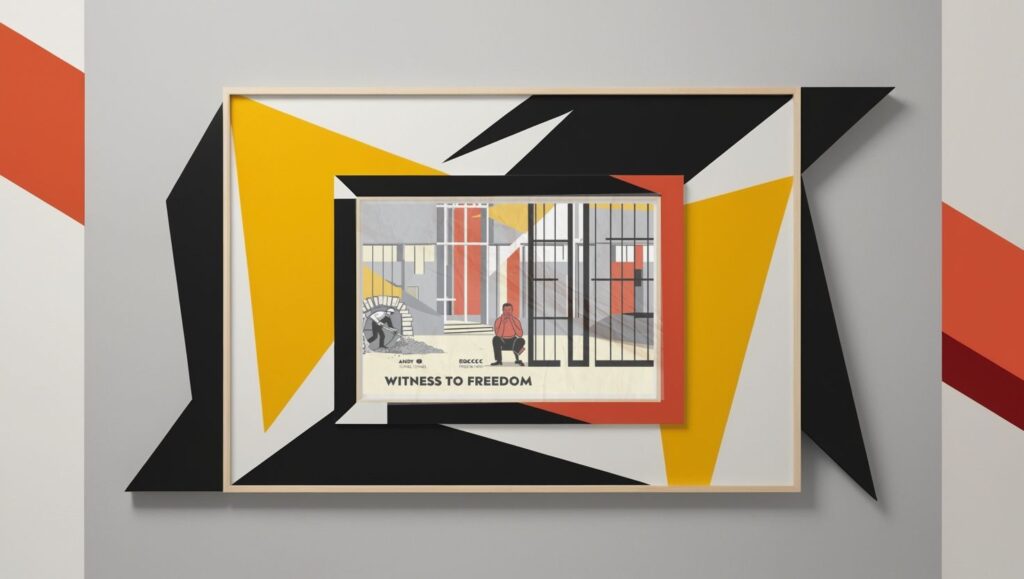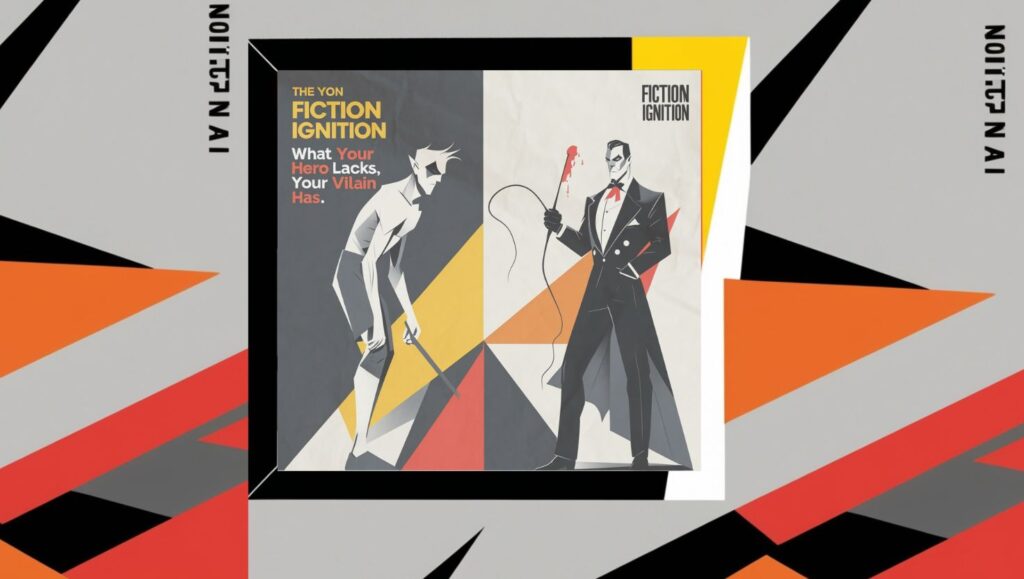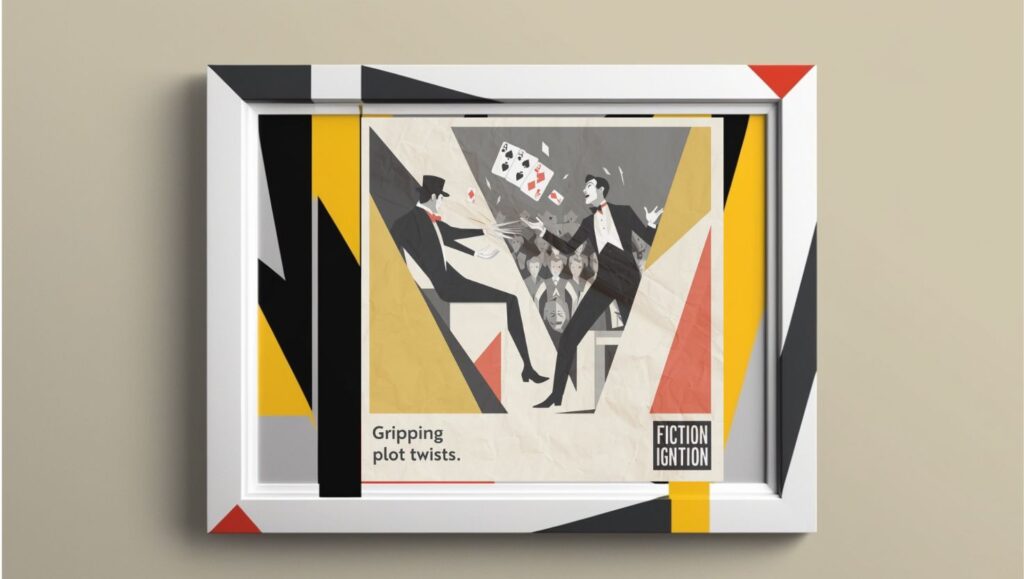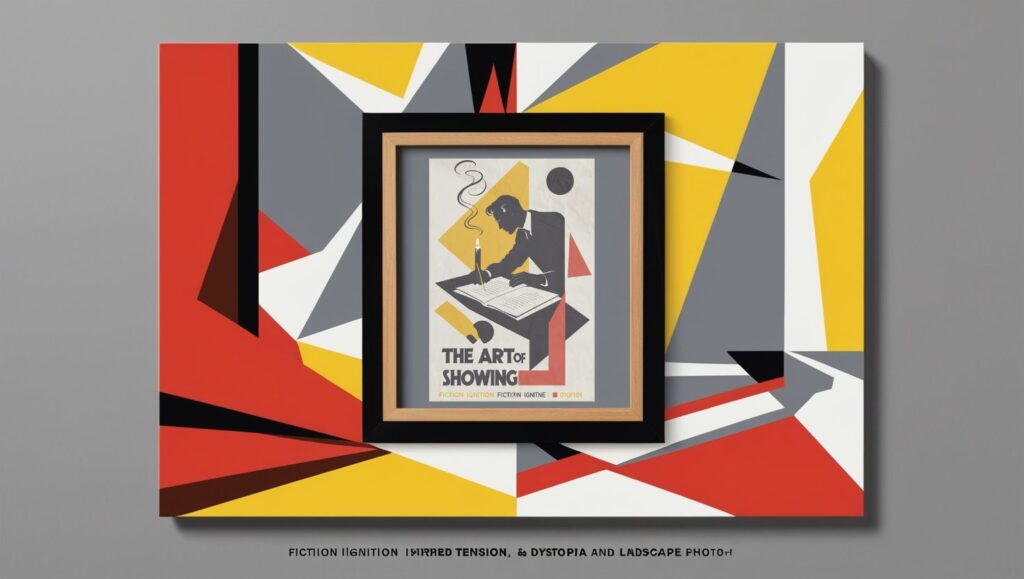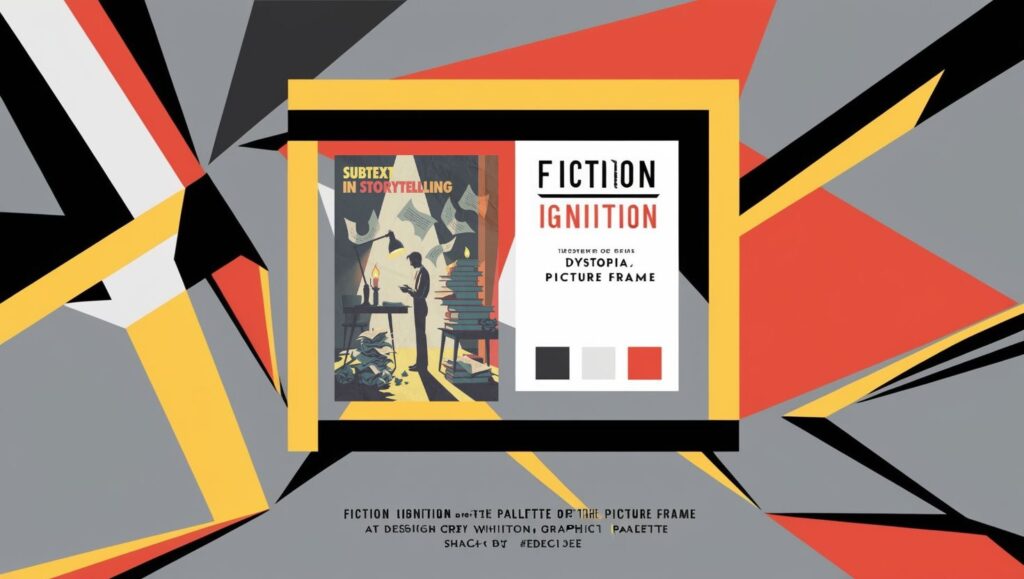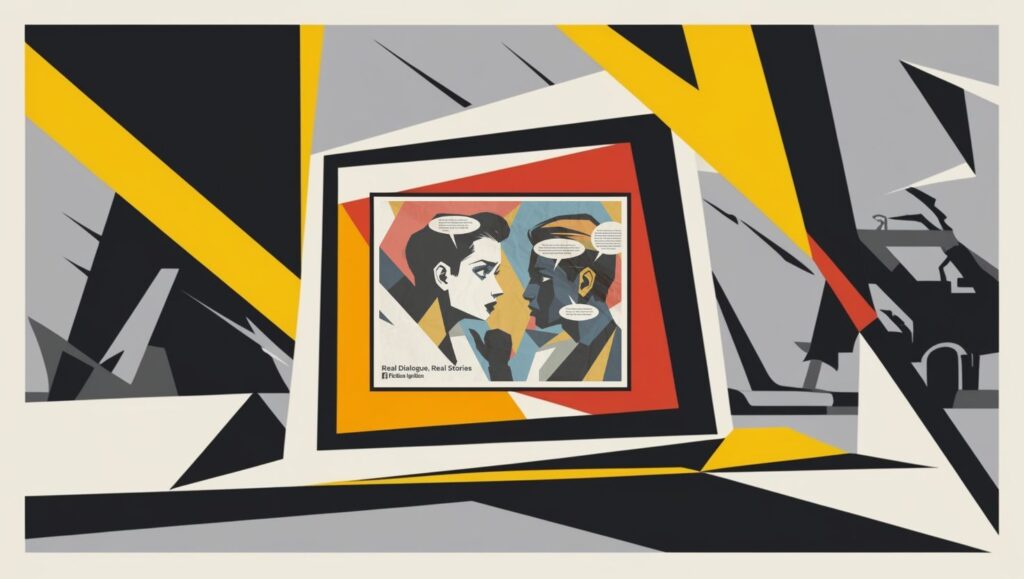Greetings, my Fiction Igniters! Your old pal, the Flamekeeper, is here to throw a little storytelling gasoline on your creative fires. Today, we’re diving into a fascinating, mind-bending twist Dramatica Pro throws at us: the difference between the main character and the protagonist. Buckle up, because this concept is a storytelling flamethrower that can ignite your narratives in ways you never imagined.
Now, if you’ve been scribbling stories for a while, you’ve probably treated the main character and protagonist as the same person. And hey, that’s totally fine—most stories do exactly that! But what if I told you they don’t have to be? What if I said separating these roles can add layers to your story, deepen your themes, and give your readers or viewers an experience they’ll never forget? Stick with me, and we’ll break it all down with some killer examples.
Dramatica’s Big Idea
In Dramatica Pro, the “main character” is the lens through which we experience the story. It’s the character we’re emotionally tethered to, the one who lets us feel the story as it unfolds. The protagonist, on the other hand, is the character driving the plot forward, the one with the big goals and the actions to match. Sometimes they’re the same person, but sometimes… oh, my fiery friends, sometimes they’re not. And that’s where the magic happens.
Shawshank Redemption: Red’s Eyes, Andy’s Light
Let’s start with The Shawshank Redemption, a film so powerful it could melt the coldest heart. Here, Dramatica’s distinction is crystal clear. The main character is Red (played by Morgan Freeman), the man whose voice we hear and whose perspective we live through. The protagonist, however, is Andy Dufresne, our stoic, mysterious Christ-like figure who is literally digging his way to freedom.
Now, why does this work so beautifully? Imagine experiencing this story solely through Andy’s eyes. Sure, it’d still be good—maybe even great—but we’d lose something essential. Andy’s almost too perfect, too extraordinary. By seeing him through Red’s eyes, we’re allowed to feel the wonder, the faith, and the transformation that Andy brings to Shawshank. Red’s perspective turns Andy from a mere plot driver into a legend. It’s like the difference between watching a magic trick and being the person amazed by it. As Red says, Andy made him “hope” again, and that’s the story’s beating heart.
To Kill a Mockingbird: Scout the Witness, Atticus the Hero
Next up, Harper Lee’s masterpiece, To Kill a Mockingbird. Here’s another brilliant example of separating the main character and protagonist. Scout Finch, our delightful narrator, is the main character. Through her curious, innocent eyes, we’re drawn into the story of racial injustice in the Deep South. But Atticus Finch, her father and moral compass, is the protagonist. He’s the one fighting the good fight in court, standing up to the mob, and delivering wisdom that’ll stay with us forever.
Why does this choice work so well? Because seeing the story through Scout’s eyes softens the blow of its harsh realities. She doesn’t understand everything that’s happening, which mirrors our own journey of discovery. Atticus might be the one doing the heavy lifting, but Scout’s perspective makes the story more intimate, more human. It’s not just about big moral questions; it’s about a little girl trying to make sense of a world that’s unfair and unjust. It’s about us trying to do the same.
Why Does This Matter?
So why should you, my prose pioneers, care about splitting these roles in your own stories? Because it opens up creative possibilities that can elevate your narrative. Want to make your protagonist feel larger than life? Let another character—your main character—witness them and tell the tale. Want to add complexity to your themes? Show the protagonist’s actions through the eyes of someone who doesn’t fully understand them.
Think of it like this: the protagonist is the fire, blazing forward, consuming everything in its path. The main character is the smoke, carrying the story’s essence to the sky, where it can be seen, felt, and understood by all. Together, they create something unforgettable.
My Personal Take
I’ll let you in on a little secret. When I first learned this concept, it was like a lightbulb exploded in my brain. I realized I’d been unconsciously doing this in my own writing, but I’d never fully understood why it worked. Once I did, it was like being handed the keys to a storytelling kingdom. Now, every time I start a new story, I ask myself: who’s the protagonist, and who’s the main character? Are they the same? Should they be?
And you know what? Sometimes they are the same person, and that’s fine. But sometimes… sometimes they’re not. And that’s when the sparks really start flying.
Take It and Run
So, my fellow story alchemists, here’s your challenge: think about your own stories. Are your main character and protagonist the same person? If so, could separating them add depth or intrigue? Play with it. Experiment. You might just discover a new way to set your story ablaze.
Until next time, my wordsmith warriors: don’t write, ignite!

